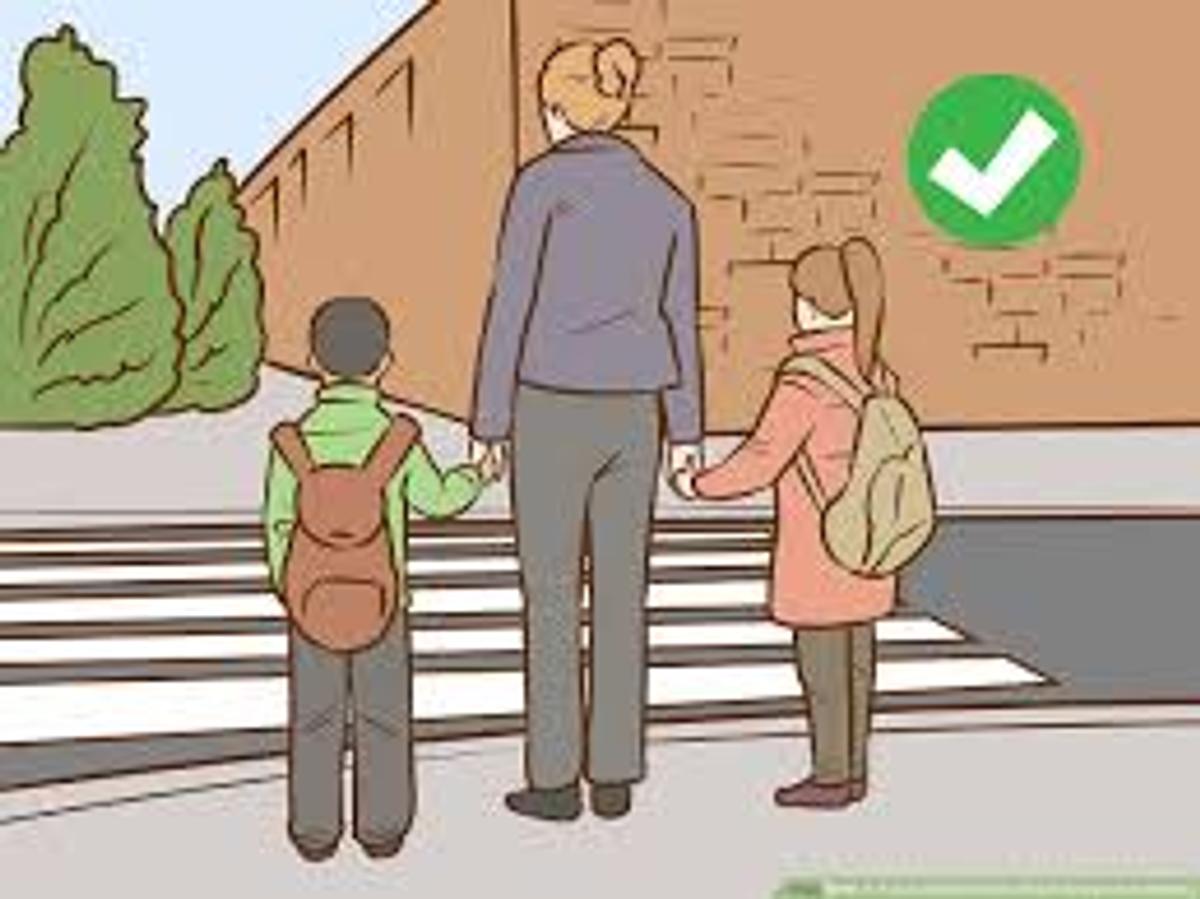Safety around Roads

Teaching children road safety
The facts
- Road crashes are the major cause of accidental death for children aged 0-14.
- On average, around seven children aged 0-15 are killed and close to 300 are injured each year on Victorian roads
- Children can be more at risk due to not being visible, such as behind vehicles or driveways and intersections.
- Children over 7 years old can be at risk of injury if they are moved from a booster seat to an adult seatbelt too early.
Keeping kids safe
Learning about road safety starts from the time a child begins to walk. As children grow they start to use our road network in different ways, from riding scooters and bikes through to using public transport. Parents are not always going to be around to supervise so it’s important to teach kids about road safety from a young age so that they can be safe on and around our roads.
There are many practical ways that you can help – and you don’t have to be a road safety expert to do so.
- Children need to be taught how to:
- understand timing and speed
- cross roads safely
- see a dangerous situation and respond in an appropriate manner.
Why children are at risk
- They act on impulse and if this happens while walking, riding bicycles or playing near traffic there is a risk of injury or even death. While kids are vulnerable on their own, with the help of parents they can learn about safety on the roads and how to avoid dangerous situations from an early age.
- Children have difficulty judging speed and distance, seeing objects in side vision and identifying direction of speed, as well as estimating speed timing.
- Kids can be less visible to drivers -smaller children may be harder to see for drivers, especially in blindspots and when they’re behind a vehicle. Vehicles fitted with reversing cameras reduce the risk of collision, particularly when fitted to SUVs or 4WD vehicles.
Learning to be safe
There are lots of ways that kids use our roads. You can help teach them to be safe in the following ways
https://www.tac.vic.gov.au/road-safety/road-users/parents/teaching-children-road-safety?drop=1
Things to remember when walking with children:
Before they are ten years old, children have not developed the skills and knowledge to handle risky situations on the road.
Parents or caregivers can help children by setting clear limits and guidance according to the age, personality and developmental stage of the child.
Pedestrian safety for children
- Set clear limits for places that they can walk safely. Find places away from streets, driveways or parking lots and choose locations such as fenced areas, parks and playgrounds.
- Practice how to cross the street safely in everyday situations such as going to the shops, visiting a friend or going to school. Always set a good example by crossing a street safely and using road crossings where available.
- Teach your child to get in and out of the car on the kerbside avoiding the dangers from passing cars.
- Teach kids not to play at the back of cars and to look before crossing driveways so they can see reversing vehicles.
- Teach them to follow the basic elements of crossing safely using the Stop, Look, Listen and Think approach to crossing the road. This is:
- Stop one step back from the curb
- Look and listen for traffic
- Decide if it is safe to cross the road
- Keep looking and listening while crossing.
Talk about road rules in simple terms so your child understands why you need to be careful and explain what can happen when rules are broken. For more detailed information see the RACV website walking safely with children section.

